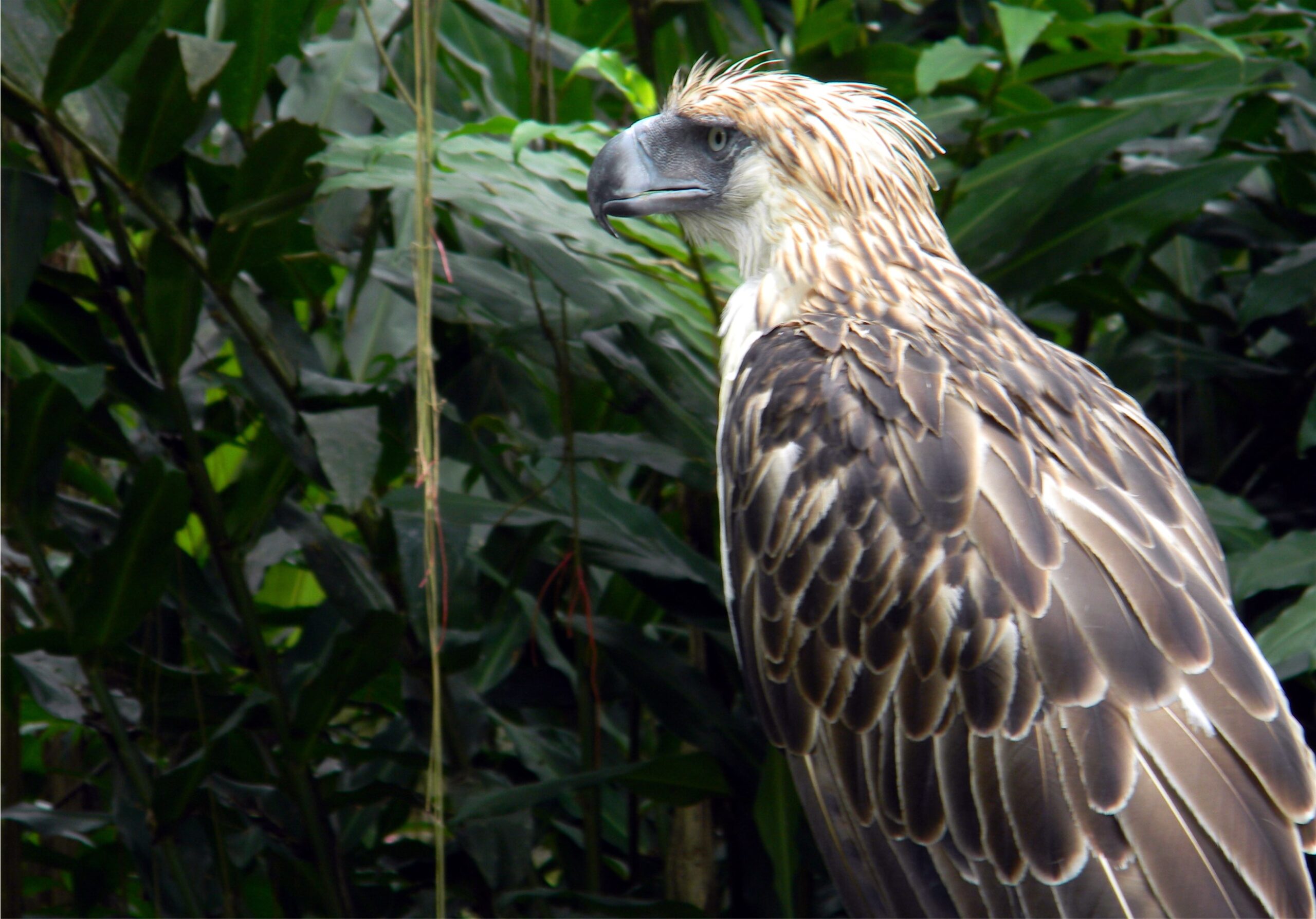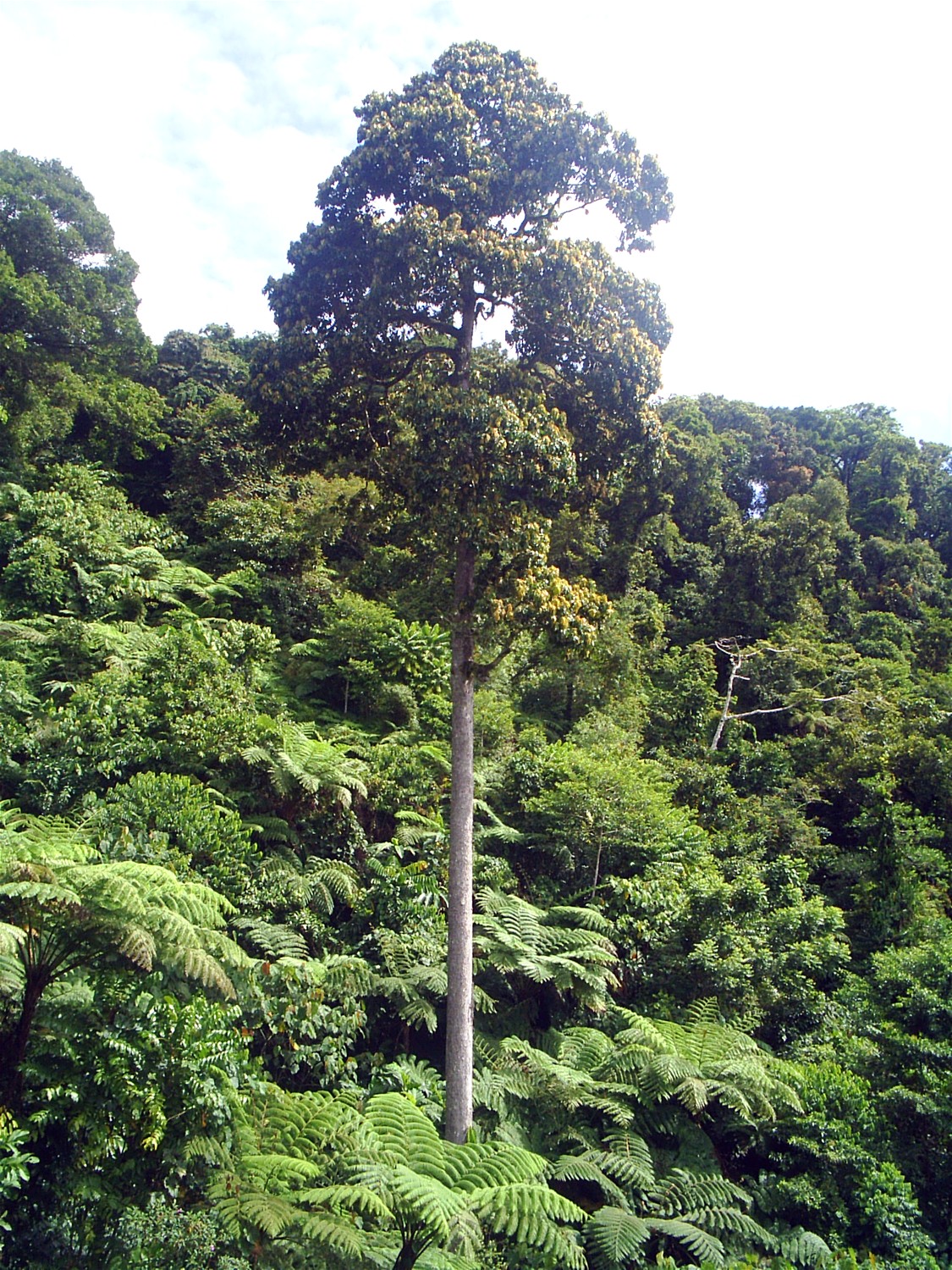Text and Photos by Henrylito D. Tacio
(First of Two Parts)
Visitors, both foreigners, and locals, who come to Davao City for the first time are almost always attracted to the Philippine Eagle Center in Malagos, Calinan. Some 30 kilometers northwest and about an hour’s drive from the heart of the city, the center is the transient home of the endangered Philippine eagle (Pithecophaga jefferyi).
Here, more than a dozen males and females are being induced to breed in captivity by the staff of Philippine Eagle Foundation (PEF), Inc. A private, non-profit organization dedicated to saving the eagle from extinction, PEF is the acknowledged leader in raptor and wildlife management in the country today.
“By using the Philippine eagle as the local point of conservation, we are, in the process, saving wildlife and their habitat,” says Dennis Salvador, PEF’s executive director.
Salvador adds that his institution, primarily a research facility, is committed to promoting the survival of the Philippine eagle, “the biodiversity it represents, and the sustainable use of our forest resources for future generations to enjoy.”
But he believes what they are doing is “only a scanty step in the long process of restocking eagle population,” for it is necessary to renew the forest habitat before artificially-bred eagles can be released in the wild.
“If time comes that we have enough stocks, where shall we release them,” he wonders. “And how will the eagles sighted in the wild survive if factors which threaten their lives continue to haunt them?”
Philippine eagles are threatened by several factors, but the loss of their habitat is the primary culprit. According to PEF, the natural habitat of the Philippine eagle is mainly dipterocarp lowland forest, where it is known to nest almost exclusively ranging from 100 to 1,000 meters above sea level.
“Deforestation is terrible,” deplores Salvador, who was named one of the Ten Outstanding Young Men in 2000 for wildlife conservation. “The Philippine eagle has become a critically endangered species because the loss of the forest has made it lose its natural habitat.”
“In each territory, the eagles are faithful to their nests and they like to live in large and old growth trees,” Salvador says. “Unfortunately, based on deforestation data since the early 1900s, when nearly everything was green, now we are left with few old growth forests.”
Studies conducted by the UN Food and Agriculture Organization said that a pair of the Philippine eagles needs at least 7,000 to 13,000 hectares of forest as a nesting territory. “If Filipinos don’t get their act together for the cause of the endangered bird, it shall be doomed to die,” Salvador says.
“We have lost most of our forest of old over the past 50 years and, along with them, many of the ecological services they provide,” deplores Peter Walpole, executive director of the Environmental Science for Social Change (ESSC).
In 1934, forests comprised more than half (54%) of the country’s total land area of 30 million hectares. In 2010, the forest cover had gone down to 23%, or about 6.8 million hectares, according to a report compiled by the Senate Economic Planning Office (SEPO).
Based on the 2010 satellite images released by the National Mapping and Resource Information Authority (NAMRIA), open forests accounted for 68% (4.595 million hectares) of the country’s total forest cover, and 28% are closed forests, while the rest are mangroves.
Most of the remaining mangroves can be found in the Autonomous Region in Muslim Mindanao (ARMM).
Caraga Region has the highest total forest cover in Mindanao, with 683,112 hectares. Davao Region is closely trailed with 428,716 hectares. The rest of the regions: Northern Mindanao (377,858 hectares), ARMM (301,894 hectares), and Zamboanga Peninsula (176,918 hectares).


“Where have all our forests gone?” asked Jethro P. Adang, director of the Davao-based Mindanao Baptist Rural Life Center (MBRLC). “Why are we losing our trees at a very fast rate?”
At the time when he was still the head of the Department of Environment and Natural Resources (DENR), Atty. Fulgencio Factoran said, “Failure to protect our remaining forest would mean a great loss of the country’s rich repository of biodiversity for all time, including the scientific and economic benefits derived from the known and those still undiscovered species.”
“A forest is more than just trees,” said the late national scientist Dr. Dioscoro L. Umali. “It is a community throbbing with life – an ecosystem of plants, animals and their surroundings; an all-embracing web of life woven into soil, water, and air. These elements interact with each other. They all are essential parts of a whole system.”
Umali said that tampering with any one of these elements disrupts the balance of the ecosystem. “In nature,” the Ramon Magsaysay laureate pointed out, “there are no rewards and punishment; there are only consequences.”
Philippine eagles are among those that will likely disappear from this part of the world should the forest cover continue to dwindle. “The Philippine eagle’s presence in the forests is intrinsically connected to the web of life and resonates in the everyday lives of our brethren katutubos,” said former Environment Secretary Roy A. Cimatu, referring to indigenous people’s groups.
In fact, the Swiss-based International Union for the Conservation of Nature and Natural Resources has declared the Philippine eagle “critically endangered.” According to PEF, an estimated number of only 400 pairs are left in the wild.
The estimation came from a formula created by science experts. The formula is based on the eagle’s nesting density in the Philippine forests.
“We do not have a record of their exact number because we do not have the means to monitor every head,” admitted Maria Lourdes Almeda, ecosystems research specialist of DENR’s Biodiversity Management Bureau (BMB) and Philippine eagle conservation focal person.
“We have attached global positioning system tracking devices to the birds to monitor where they are and their forest habitats, but some of the gadgets fall off after a while because they are very much mobile,” she added.
Efforts to save the Philippine eagles started in 1965 by Jesus A. Alvarez, then director of the autonomous Parks and Wildlife Office, and Dioscoro S. Rabor, another founding father of Philippine Conservation efforts.
American aviator Charles Lindberg, who described the Philippine eagle as “the world’s noblest flier,” spearheaded a drive to save the bird from 1969 to 1972. Within this time frame, several helpful laws were passed.
In July 1995, then-President Fidel V. Ramos signed Proclamation No. 615, naming the Philippine eagle as the country’s national bird (thus dislodging the maya). He said that the eagle is found only in the Philippines and, as such, should be a source of national pride.
Echoing the words of Salvador, Ramos said then: “If the national bird dies, so will all the country’s efforts at conserving its natural resources and treasures.” (To be concluded)

